A Consensus Meeting to Develop Guidelines for Paediatric Patients Undergoing Surgical Amputation Following Blast Injury – Updating the Paediatric Blast Injury Manual
Development of Physiologically Based Injury Criteria for Behind Armor Blunt Trauma
Impact of Repetitive Blast Exposure on Military Health and Performance –Multinational Efforts and Guidelines
Is attacking the self identity of the victim the prime purpose of an explosive weapon?
Neck Injury Studies in Warfighters

Workshop descriptions
A Consensus Meeting to Develop Guidelines for Paediatric Patients Undergoing Surgical Amputation Following Blast Injury – Updating the Paediatric Blast Injury Manual
The global burden of traumatic injury is predominantly shouldered by low- and middle-income countries. The number of children living in conflict-affected areas has been steadily increasing, with one in six children living in an active conflict zone in 2022 – affecting approximately 468 million children. Mortality in paediatric patients exposed to combat related injuries is higher than in the adult population. Additionally, outside of conflict environments, accidental explosions pose a significant risk in this patient group. As such, directing existing expertise to develop therapeutic best practice is essential.
The Paediatric Blast Injury Field Manual, produced by the Paediatric Blast Injury Partnership in 2019, provides a comprehensive guide on providing care to paediatric patients who have suffered blast injuries – including pre-hospital and resuscitative care, surgical interventions, and physical and psychological rehabilitation. Of note, the manual could expand further, to delineate guidelines for surgical technique, regarding upper and lower limb amputation, in paediatric patients.
This workshop will consist of a consensus meeting, held across both days of the conference, facilitating a multidisciplinary expert discussion. The focus will be on identifying key considerations and outlining guidelines for undertaking lower limb amputation in children who have sustained blast injuries. This consensus will be utilised to support the production of a dedicated edition of the Paediatric Blast Injury Field Manual.
In the period prior to the conference, we shall identify, contact and invite the participation of relevant experts in the field, who are involved in the provision of care to paediatric amputees – both in the traumatic and elective surgical setting. We wish to include a multitude of clinical disciplines and specialties, as well as those in non-clinical professional roles – to ensure the resultant cadre is appropriately diverse. Further delegates, who are appropriate to participate, will be identified on registration to the conference. All conference participants are encouraged to attend and observe the meeting.
Essential reading will be summarised and disseminated two-weeks before the conference, along with a list of all consensus points and a template guideline, to facilitate discussion and streamline the consensus process. Areas of particular deliberation will pertain to pre-operative considerations, best practice techniques, and areas of contention. The final document will be edited and submitted to all contributors for finalisation, before presentation to the Paediatric Blast Injury Partnership team.
If anyone who is registering to attend the conference feels they are able to contribute to the meeting, please contact us at: conference@blastinjury.org.uk
The intended audience is all professionals involved in the care of paediatric and adult patients who have undergone major limb amputation. This includes civilian and military healthcare professionals, as well as bioengineers and relevant industry experts.
Development of Physiologically Based Injury Criteria for Behind Armor Blunt Trauma

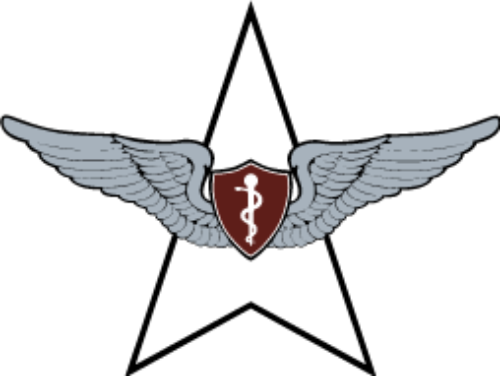


The protective aspect of current body armor is assessed through the ability to stop the penetration of a high-speed projectile if backface deformation does not exceed 44mm. The resulting back face deformation of body armor from a ballistic impact is assessed through various means with the primary measure being the deformation left in a clay substrate. However, the criticality of these impacts should be assessed on the location-dependent risk of severe injury and not of only the depth of penetration into the body. Understanding the region-specific risk of behind armor blunt trauma on morbidity and mortality will lead to the most optimized body armor design.
Tests using a physiological model are being performed to determine the relationships between ballistic input parameters and organ damage for blunt behind armor trauma. These tests are being performed across different areas of the thorax hypothesizing that these regions all have unique tolerance to blunt injuries. The hypothesis, therefore, is that body armor design can be optimized for minimum weight if the probability for injury is known.
The objectives of this study are to develop thoracoabdominal region-specific injury criteria resulting from energy/momentum transferred from the armor while successfully defeating ballistic threats. We are conducting tests with whole body PMHS that are representative of BABT events with back-face deformation inputs, gather biomechanical data, compare injuries to military epidemiology, and identify injury mechanisms. We are characterizing the acuteness of the injuries by conducting tests with PMHS and cadaver porcine and determining the biomechanical and physiological responses of live porcine specimens leading to functional incapacitation in matched-pair scenarios. Tests with different physiologic endpoints (time of euthanasia), candidate metrics (e.g., acceleration), injury severities, impact regions targeted to the heart, lungs, liver, ribcage, spine, and kidney are being conducted and analyzed for scaling from the animal to human and obtain region- and severity-specific injury response corridors via parametric statistical survival analysis with outcomes ranging from fatality to different levels of functional capacity, appropriate for military missions that include emerging threats.
We anticipate a panel workshop or symposium session of five (5) to six (6) speakers comprised of members of the University-research consortium:
- Joe McEntire of the U.S. Army Aeromedical Laboratory, (barney.j.mcentire.civ@health.mil)
- Dr. Narayan Yoganandan of the Medical College of Wisconsin (yoga@mcw.edu)
- Dr. Dale Bass of Wayne State University (dale.bass@wayne.edu)
- Dr. Robert Salzar of the University of Virginia (salzar@virginia.edu)
- Up to 2 more to be determined
The intended audience are those interested in the design optimization of new body armor based on physiological injury which includes military, medical, industry, and academia persons.
Impact of Repetitive Blast Exposure on Military Health and Performance –Multinational Efforts and Guidelines
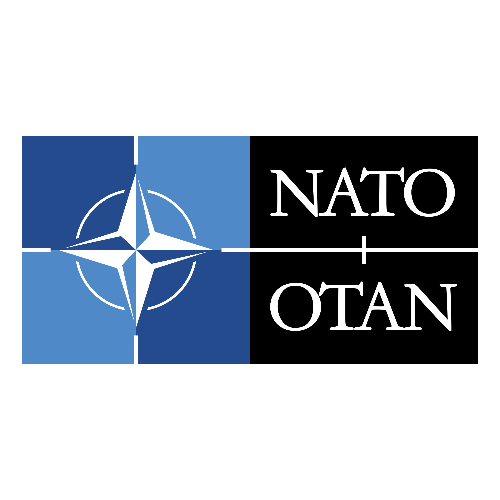
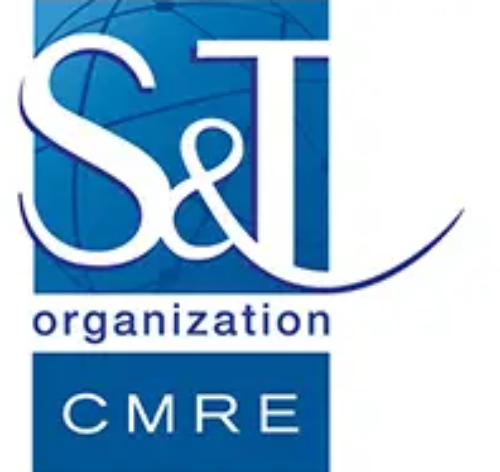
Military populations face a unique set of occupational risk factors that may impact brain integrity and disrupt neurological function. One such risk factor is blast exposure, which can cause many types of injuries through repeated low-level overpressure exposure (i.e., low-level blast), intense overpressure exposure (i.e., high-level blast), muzzle blast exposure from firing weapons, and blunt trauma. Although the precise mechanism(s) of injury remains unknown, there is growing evidence to suggest that the effects of repeated low level blast overpressure extend beyond the brain to also impact other organ systems such as the lungs, eyes, and ears. Currently, blast-induced subconcussive neurotrauma and diagnosed traumatic brain injury (TBI) are increasingly recognized injury risks for Warfighters, and growing body of evidence to suggest that cumulative blast exposure is a significant risk factor for developing negative long-term brain and body health effects. Within this context, brain health is defined as a state of optimal physical, mental, and social wellbeing, in the absence of overt brain diseases that affect normal brain function.
Military service members, former or retired military members, and Veterans with a history of repetitive neurotrauma – including symptomatic concussions, mild TBI, or repeated subconcussive impacts from exposure to low-intensity explosive blast waves – exhibit measurable performance decrements and adverse health outcomes. These range from persistent headaches, irritability, impairments in learning and memory, gait, balance and hearing problems, progressive neurodegenerative symptoms, and a higher prevalence/severity of mental health disorders (i.e., post traumatic stress disorder, depression, suicidal ideation) relative to civilians as well as sex- and age-matched controls drawn from military populations without such exposures. These conditions can degrade operational readiness and limit reintegration.
There are currently no standardized biologic or performance marker(s) for the diagnosis of the effects of repeated low-level or high-level blast overpressure on military members’ and Veterans’ health, although valid and reliable measures are beginning to emerge. Awareness of the risk of exposure to blast overpressure has increased due to current training tactics, missions, and operations. To reduce the risk of developing negative brain health effects from blast overpressure, Warfighters can benefit significantly from the implementation of exposure guidelines to monitor and control the exposure to blast in the course of their careers. Such multinational guidelines should ideally be constructed to assist in understanding and mitigating blast exposure effects in everyday military activities spanning both training and operations.
In summary, exposure to blast overpressure is a persistent feature of combat-related injuries experienced by military personnel. In addition to combat-related blast injuries, concerns exists that repeated exposures to low-level blasts during routine training and operations may be linked to long-term neurological sequelae. These concerns have driven research exploring cumulative injury mechanisms following repeated blast exposure. Molecular and neuroimaging techniques present distinct but complementary approaches for investigating brain health/injury and have yielded potential biomarkers. Integration of these multimodal technologies in combination with data-driven artificial intelligence-enabled machine learning-based data analytic techniques could advance models of disease pathobiology and prognosis, ultimately improving prevention and precision care for subconcussive neurotrauma. To prevent and potentially treat these common injuries, it is imperative to enhance understanding of blast effects, monitor blast exposures in both training and in operational environments, and mitigate brain dysfunction in order to optimize health and performance, thereby, preserving readiness and after-service life for Veterans.
The objectives of the workshop are to discuss a) prospective cross-sectional comparisons and longitudinal data, collected from service members and Veterans who have sustained extensive operational exposures to repetitive subconcussive neurotrauma (e.g., explosive blast, weapons systems), during rigorous military training exercises and/or operational war-zone deployments vs. healthy cohorts, b) advanced structural and functional neuroimaging techniques to evaluate brain network integrity and functional connectivity; c) wearable concussion dosimeter technologies and gaps in their capability to monitor biological and cognitive performance changes in training and operations; d) multinational guidelines of blast monitoring implementation to mitigate blast exposure risk to Warfighters; e) blast-specific medical intervention, and f) future research direction to assist policy makers and researchers to further develop the field of blast-induced TBI as efficiently and effectively as possible.
This workshop would include a brief overview of the scope of the problem of low-intensity repetitive blast in military health and performance, state of science research from preclinical to clinal findings of blast exposure health effects, and some recommendation on mitigation guidelines.The workshop will bring at least 5 to 6 international cross-disciplinary subject matter experts with a broad knowledge and expertise on preclinical to clinical blast injury research, and with a synopsis at the end by the workshop co-chairs.
The intended audience are clinicians, military medical personnel, academic and defence scientists, industry, health care policy advisors.
Is attacking the self identity of the victim the prime purpose of an explosive weapon?
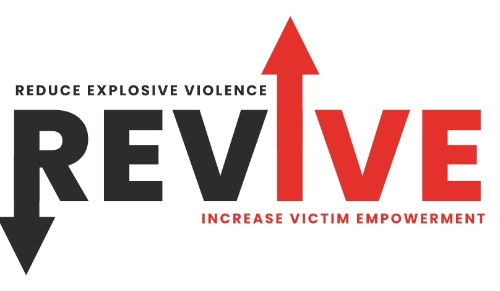
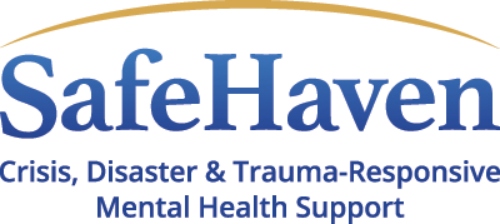
Many explosive weapons are designed to maim rather than kill. Plus attacking cultural and historical sites (and thus sites of national & religious identity) with explosive weapons makes them in fact a psychological weapon.
Awareness, preparedness and understanding of psychological risk in military vs civilian actors;
The perceptions and reactions to the threat to cultural and historic sites by explosive weapons, and the impact on mental health;
Self-identity and mental resilience. How this can be shattered by a blast injury and how in some circumstances it might be strengthened.
The workshop will take the form of a panel discussion led by:
- Nigel Ellway Director REVIVE Campaign,
- Charlotte Copeland CEO SafeHaven ltd.
- Shehan Hettiaratchy, lead surgeon and major trauma director at Imperial College Healthcare NHS
- Maj Peter Norton GC, former ammunition technical officer injured by an IED in Iraq in 2005.
Neck Injury Studies in Warfighters







Neck injuries in the form of neck pain, fatigue and discomfort, and fractures have a greater prevalence in the military than civilian populations. Greater neck loads in the military resulting from vibrational and high-g exposures, use of head supported mass (helmet, night vision goggles), and non-neutral head-neck orientations on the load-bearing and neural structures of the head-neck, play a role in the development of neck disorders. Changes in the center of mass and moment of inertia from the head supported mass transmitting loads to the head-neck is also a contributor to the disorder. Head-neck muscle forces, osteoligamentous spinal column forces and bending moments, and changes in the musculoskeletal geometry influence neck motions and load-sharing between the column and muscles. Greater and non-physiological loads may accelerate degenerative changes within the components of the spine (disc, end plate, facet joint) and lead to Warfighter’s performance decrement. Spinal alignment may be affected over time due to increased and repetitive loading. Cervical total disc replacement is used as a surgical option to treat neck injuries with early return-to-duty and enhance effectiveness in the military. Biomedical studies using Magnetic Resonance Imaging (upright and supine MRIs), baseline and longitudinal pain-related assessments, determination of head-neck kinetics such as range of motion, electromyographic signals, postural stability evaluations, morphometric and three-dimensional geometries of head-neck muscles and osteo-ligamentous column, and musculoskeletal injury models are needed to provide optimal solutions for mitigation and protect the Warfighter from acute and chronic neck injuries. The focus of this workshop is to bring a group of multidisciplinary international experts from academia and industry and treating physicians and expose the audience to the latest studies in the area and discuss challenges, opportunities, and potential solutions.
- Lt. Col. Benjamin Gerds, US Air Force, Keynote Speaker (US Air Force F-35 Pilot and Commander 115th Operations Group)
- Dr. Narayan Yoganandan, Medical College of Wisconsin (yoga@mcw.edu)
- Dr. Peter Le, US Air Force Research Laboratory
- Dr. Brian Stemper, Medical College of Wisconsin
- Dr. Keri Hainsworth, Medical College of Wisconsin
- Dr. Christopher Wolfla, Medical College of Wisconsin
- Dr. Adrienne Madison, United Army Aerospace Medical Research Laboratory
- Dr. Khalid Barazanji, United Army Aerospace Medical Research Laboratory
- Dr. Bethany Shivers, US Naval Air Warfare Center Aircraft Division
- Rachel Cutlan, Mahmudur Rahman, Ali Warraich, Medical College of Wisconsin
- Sarah Day MSc, QinetiQ Fellow, UK
The intended audience are engineers, health care providers, field personnel, policy makers, academia, and industry
